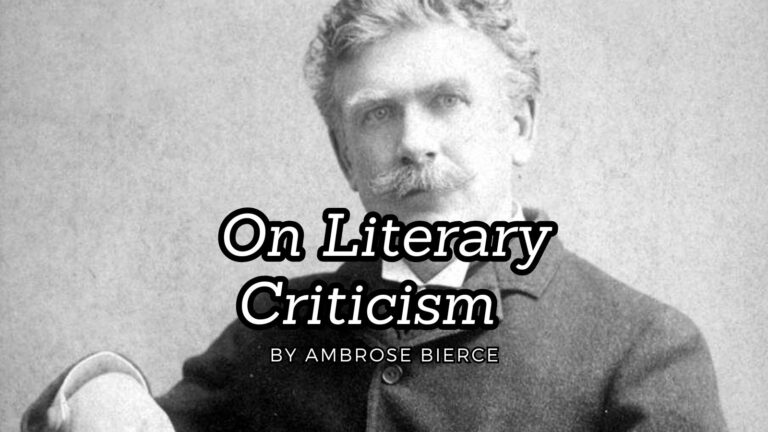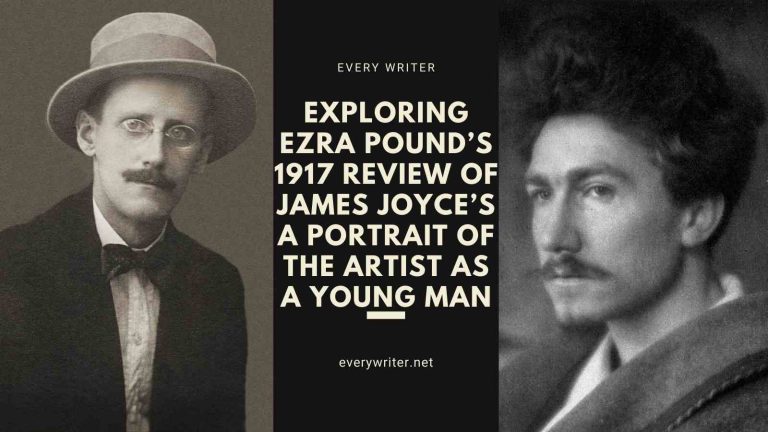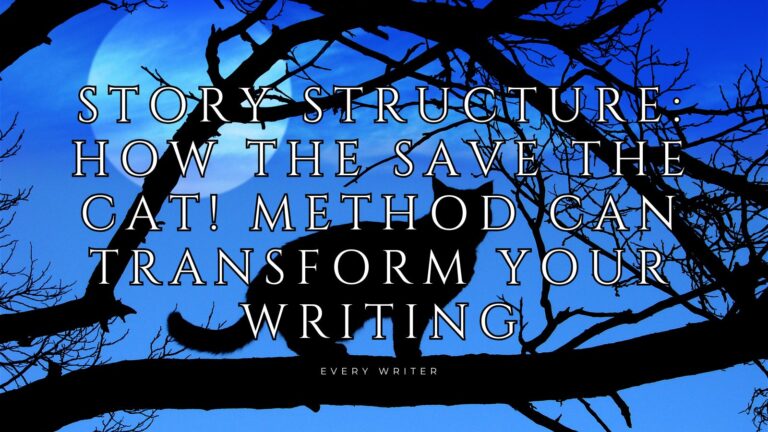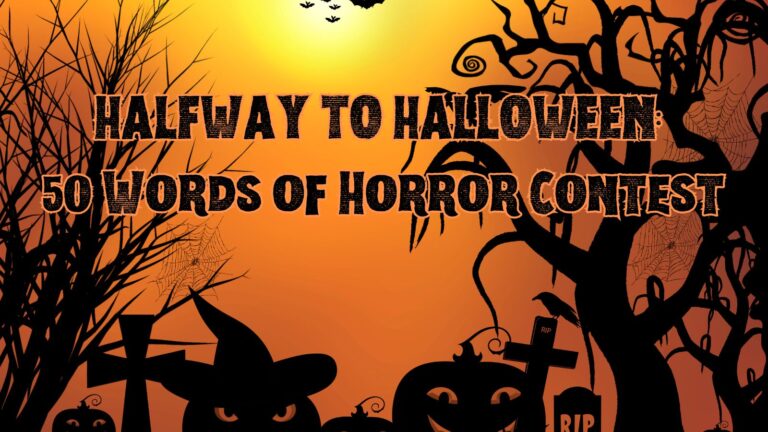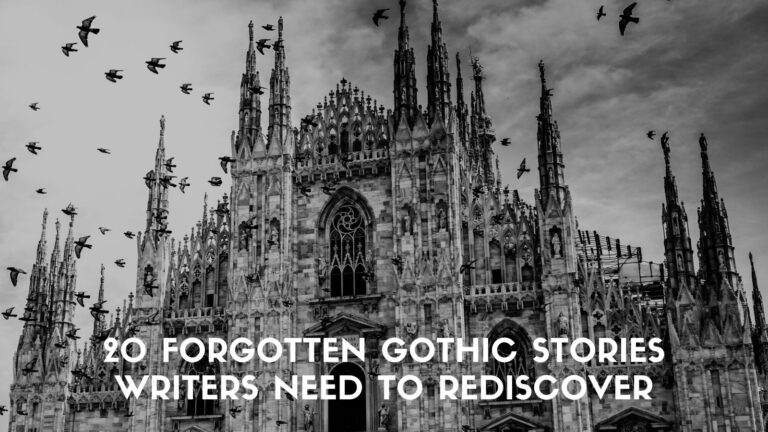ON THE ART OF POETRY
By Aristotle
II. The objects the imitator represents are actions, with agents who are necessarily either good men or bad—the diversities of human character being nearly always derivative from this primary distinction, since the line between virtue and vice is one dividing the whole of mankind. It follows, therefore, that the agents represented must be either above our own level of goodness, or beneath it, or just such as we are in the same way as, with the painters, the personages of Polygnotus are better than we are, those of Pauson worse, and those of Dionysius just like ourselves.
It is clear that each of the above-mentioned arts will admit of these differences, and that it will become a separate art by representing objects with this point of difference. Even in dancing, flute-playing, and lyre-playing such diversities are possible; and they are also possible in the nameless art that uses language, prose or verse without harmony, as its means; Homer’s personages, for instance, are better than we are; Cleophon’s are on our own level; and those of Hegemon of Thasos, the first writer of parodies, and Nicochares, the author of the Diliad, are beneath it.
The same is true of the Dithyramb and the Nome: the personages may be presented in them with the difference exemplified in the… of… and Argas, and in the Cyclopses of Timotheus and Philoxenus. This difference it is that distinguishes Tragedy and Comedy also; the one would make its personages worse, and the other better, than the men of the present day.
For another selection of this work click here
- Story Structure: How the Save the Cat! Method Can Transform Your Writing - April 23, 2025
- HALFWAY TO HALLOWEEN: 50 Words of Horror Contest - April 22, 2025
- How to Edit your poetry for beginners and beyond (with worksheet) - April 18, 2025

